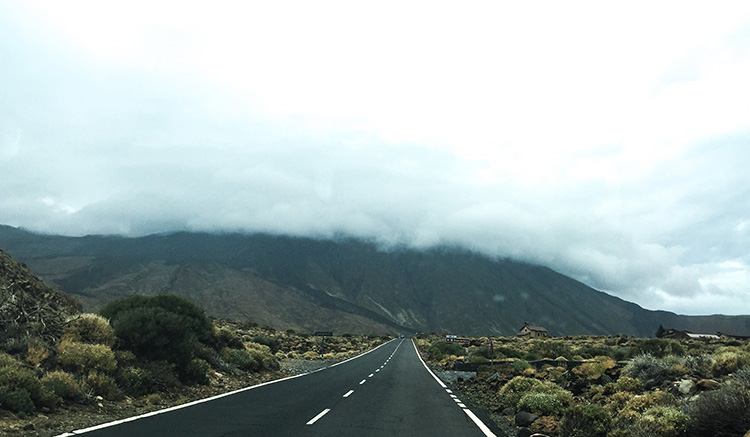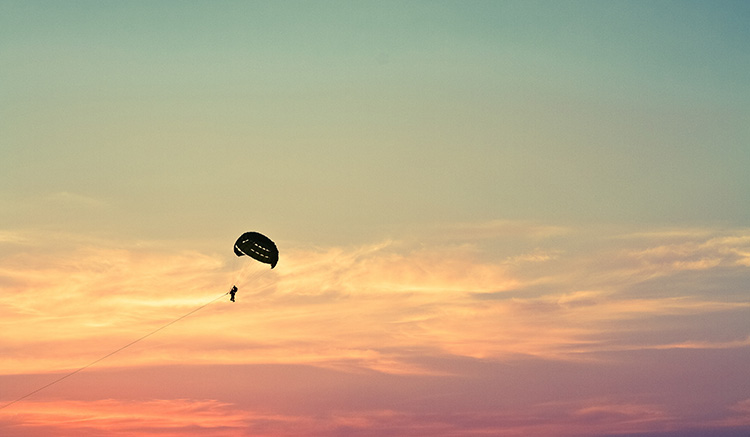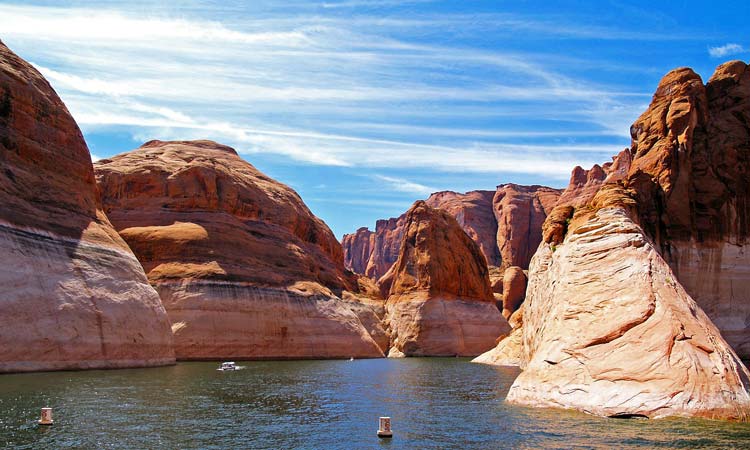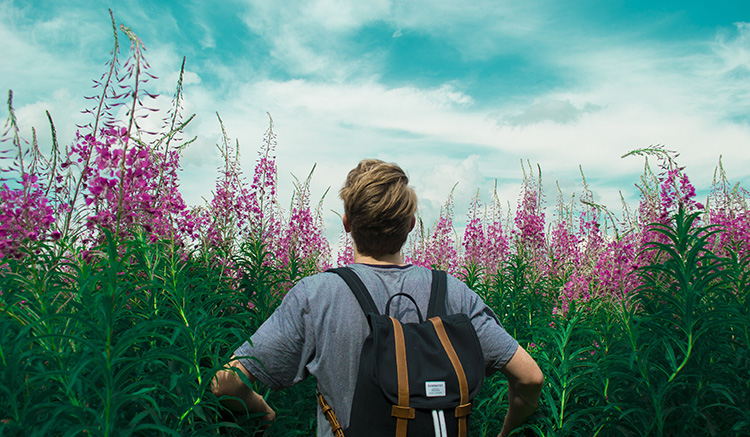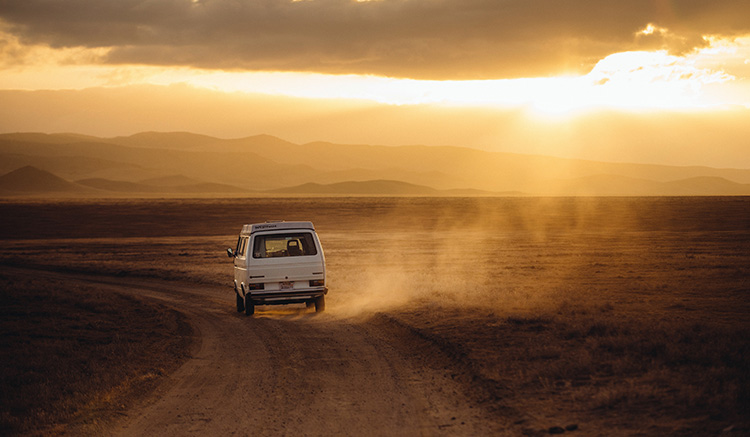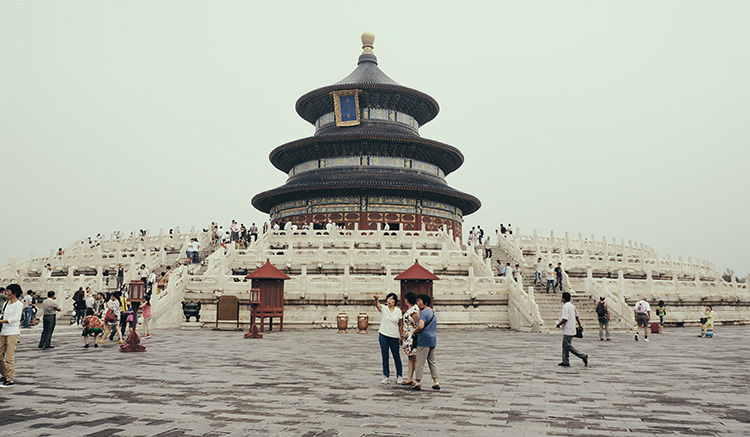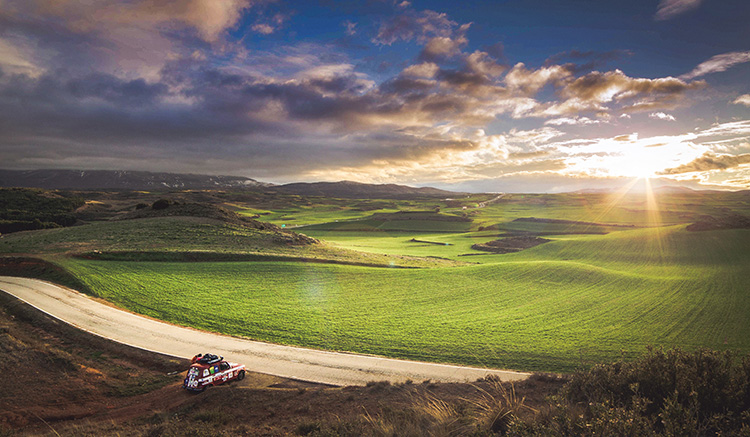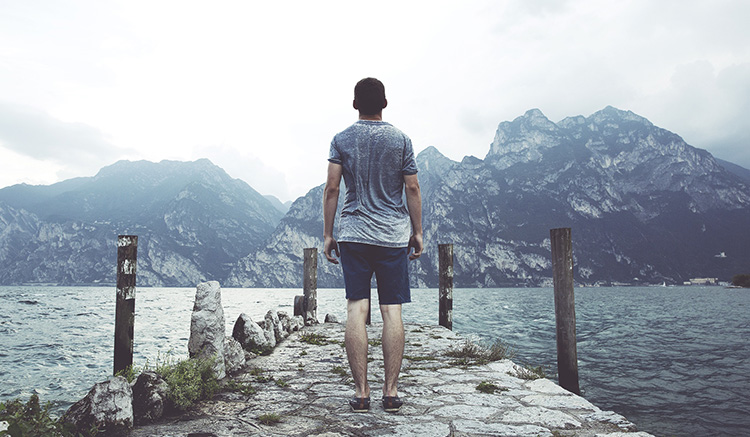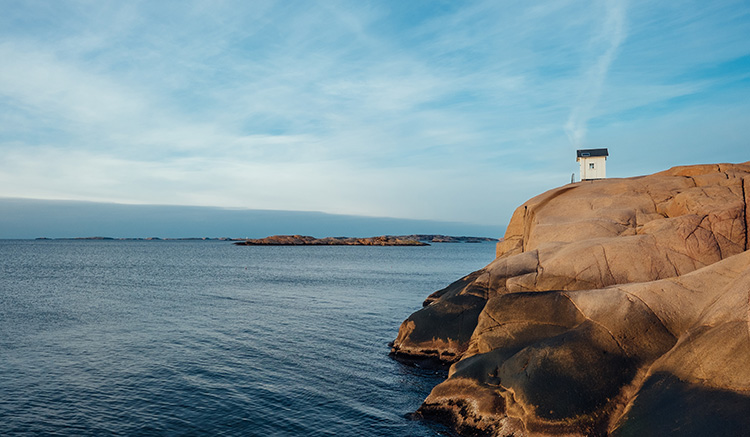Tibet is a region on the Tibetan Plateau in Asia. It is the traditional homeland of the Tibetan people as well as some other ethnic groups such as Monpa, Qiang and Lhoba peoples. It is now also inhabited by considerable numbers of Han Chinese and Hui people. The highest elevation in Tibet is Mount Everest, earth’s highest mountain rising 8,848 m above sea level.
The Tibetan Empire emerged in the 7th century, but with the fall of the empire the region soon divided into a variety of territories. The bulk of western and central Tibet (Ü-Tsang) was often at least nominally unified under a series of Tibetan governments in Lhasa, Shigatse, or nearby locations; these governments were at various times under Mongol and Chinese overlordship. The eastern regions of Kham and Amdo often maintained a more decentralized indigenous political structure, being divided among a number of small principalities and tribal groups, while also often falling more directly under Chinese rule after the Battle of Chamdo; most of this area was eventually incorporated into the Chinese provinces of Sichuan and Qinghai. The current borders of Tibet were generally established in the 18th century.
Following the Xinhai Revolution against the Qing dynasty in 1912, Qing soldiers were disarmed and escorted out of Tibet Area (Ü-Tsang). The region subsequently declared its independence in 1913 without recognition by the subsequent Chinese Republican government. Later, Lhasa took control of the western part of Xikang, China. The region maintained its autonomy until 1951 when, following the Battle of Chamdo, Tibet became incorporated into the People’s Republic of China, and the previous Tibetan government was abolished in 1959 after a failed uprising.
Today, China governs western and central Tibet as the Tibet Autonomous Region while the eastern areas are now mostly ethnic autonomous prefectures within Sichuan, Qinghai and other neighbouring provinces. There are tensions regarding Tibet’s political status and dissident groups that are active in exile. It is also said that Tibetan activists in Tibet have been arrested or tortured.
The economy of Tibet is dominated by subsistence agriculture, though tourism has become a growing industry in recent decades. The dominant religion in Tibet is Tibetan Buddhism; in addition there is Bön, which is similar to Tibetan Buddhism, and there are also Tibetan Muslims and Christian minorities. Tibetan Buddhism is a primary influence on the art, music, and festivals of the region. Tibetan architecture reflects Chinese and Indian influences. Staple foods in Tibet are roasted barley, yak meat, and butter tea.
Tibet is a beautiful and richly endowed region of our great motherland.
Jinato Hu
The Tibetan name for their land, Bod བོད་, means “Tibet” or “Tibetan Plateau”, although it originally meant the central region around Lhasa, now known in Tibetan as Ü. The Standard Tibetan pronunciation of Bod, [pʰøʔ˨˧˨], is transcribed Bhö in Tournadre Phonetic Transcription, Bö in the THL Simplified Phonetic Transcription and Poi in Tibetan pinyin. Some scholars believe the first written reference to Bod “Tibet” was the ancient Bautai people recorded in the Egyptian Greek works Periplus of the Erythraean Sea (1st century CE) and Geographia (Ptolemy, 2nd century CE), itself from the Sanskrit form Bhauṭṭa of the Indian geographical tradition.
The modern Standard Chinese exonym for the ethnic Tibetan region is Zangqu (Chinese: 藏区; pinyin: Zàngqū), which derives by metonymy from the Tsang region around Shigatse plus the addition of a Chinese suffix, 区 qū, which means “area, district, region, ward”. Tibetan people, language, and culture, regardless of where they are from, are referred to as Zang (Chinese: 藏; pinyin: Zàng) although the geographical term Xīzàng is often limited to the Tibet Autonomous Region. The term Xīzàng was coined during the Qing dynasty in the reign of the Jiaqing Emperor (1796–1820) through the addition of a prefix meaning “west” (西 xī) to Zang.
The best-known medieval Chinese name for Tibet is Tubo (Chinese: 吐蕃 also written as 土蕃 or 土番; pinyin: Tǔbō or Tǔfān). This name first appears in Chinese characters as 土番 in the 7th century (Li Tai) and as 吐蕃 in the 10th-century (Old Book of Tang describing 608–609 emissaries from Tibetan King Namri Songtsen to Emperor Yang of Sui). In the Middle Chinese spoken during that period, as reconstructed by William H. Baxter, 土番 was pronounced thux-phjon and 吐蕃 was pronounced thux-pjon (with the x representing tone).
Other pre-modern Chinese names for Tibet include Wusiguo (Chinese: 烏斯國; pinyin: Wūsīguó; cf. Tibetan dbus, Ü, [wyʔ˨˧˨]), Wusizang (Chinese: 烏斯藏; pinyin: wūsīzàng, cf. Tibetan dbus-gtsang, Ü-Tsang), Tubote (Chinese: 圖伯特; pinyin: Túbótè), and Tanggute (Chinese: 唐古忒; pinyin: Tánggǔtè, cf. Tangut). American Tibetologist Elliot Sperling has argued in favor of a recent tendency by some authors writing in Chinese to revive the term Tubote (simplified Chinese: 图伯特; traditional Chinese: 圖伯特; pinyin: Túbótè) for modern use in place of Xizang, on the grounds that Tubote more clearly includes the entire Tibetan plateau rather than simply the Tibet Autonomous Region.[citation needed]
The English word Tibet or Thibet dates back to the 18th century.[11] Historical linguists generally agree that “Tibet” names in European languages are loanwords from Semitic Ṭībat orTūbātt (طيبة، توبات) (טובּה, טובּת), itself deriving from Turkic Töbäd, literally: “The Heights” (plural of töbän).
